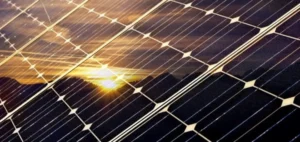EU energy ministers will meet again on September 30 in Brussels to discuss emergency measures proposed by the European Commission to curb the surge in gas and electricity prices caused by the war in Ukraine.
“I have just called another extraordinary meeting of the Council of Energy Ministers to discuss the European Commission’s proposals,” the details of which are expected this week, Czech Minister of Industry and Trade Jozef Sikela, whose country holds the rotating presidency of the EU Council, tweeted Tuesday.
“On September 30, we will finish what we started last week,” he said.
The European ministers already met on September 9 at an extraordinary meeting where they said they were in favour of a series of emergency measures to curb soaring electricity bills, the price of which is indexed to the explosion in gas prices after the invasion of Ukraine by Russian forces.
They asked the Commission to prepare in a few days “a solid and concrete proposal”. The European Commissioner for Energy, Kadri Simson, has promised “unprecedented measures to respond to an unprecedented situation”.
The EU executive is expected to finalize a detailed legislative proposal this week. Examining the first avenues put forward by the Commission, the EU-27 welcomed on Friday the idea of confiscating the super-profits of nuclear and renewable energy, whose production costs are far below the market price, in order to redistribute them.
They also discussed a possible cap on the price of EU gas imports, a measure that Brussels initially wanted to apply only to Russian gas piped in.
Moscow has threatened to stop gas exports to Europe completely if the cap is imposed, raising concerns in eastern countries such as Hungary, which still rely heavily on Russian hydrocarbons.
After the agreement of the 27 Member States at the end of July to cut their gas consumption, Brussels is also proposing to set “binding targets” to reduce electricity demand. A first draft text consulted by AFP provided for a decrease of “at least 10% of the net monthly consumption” and 5% at peak hours.






















